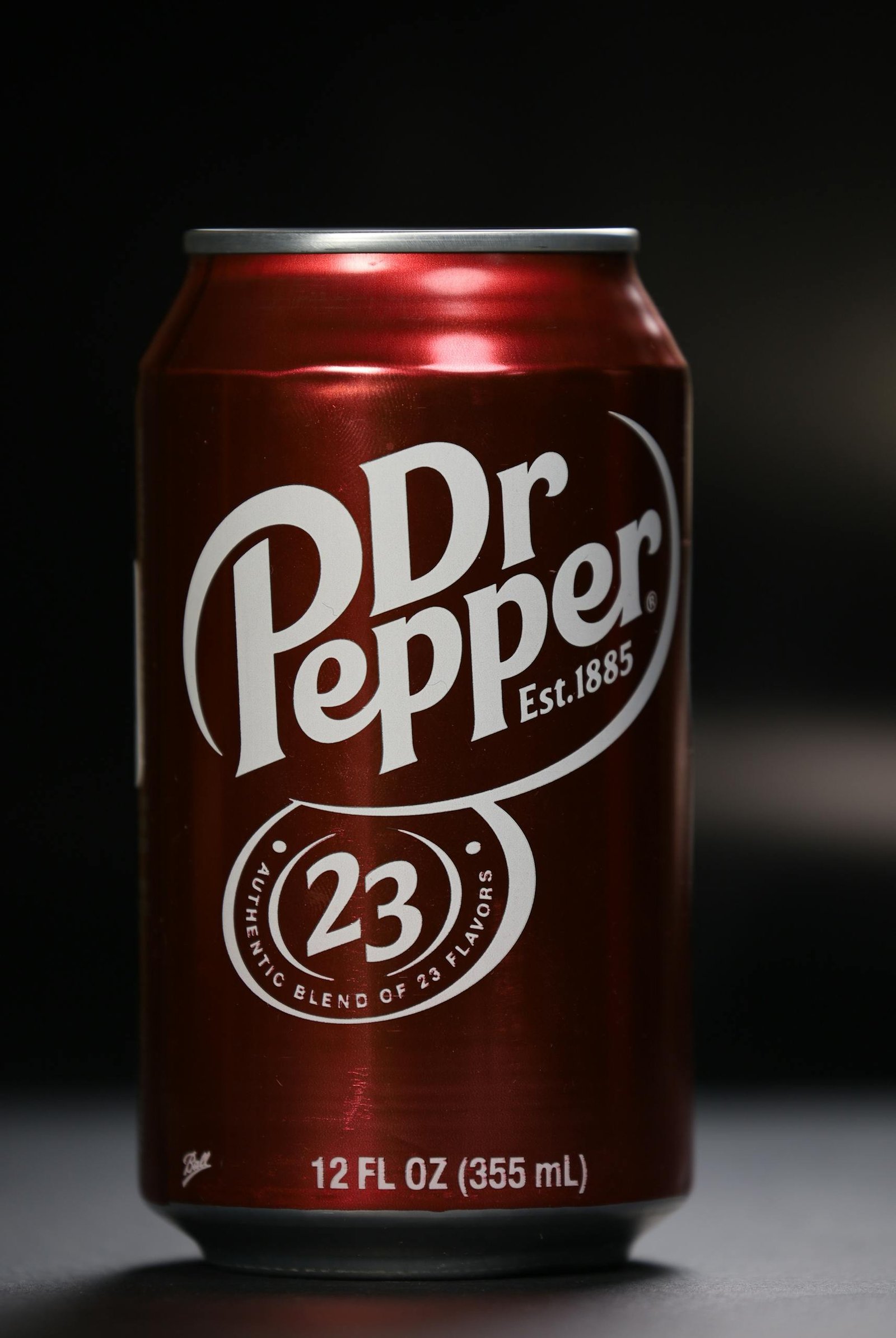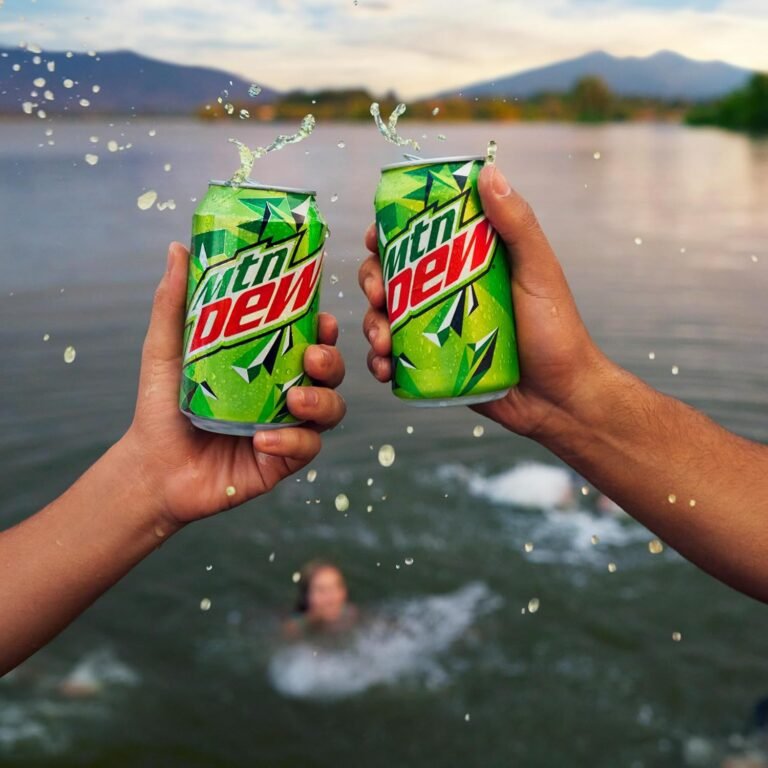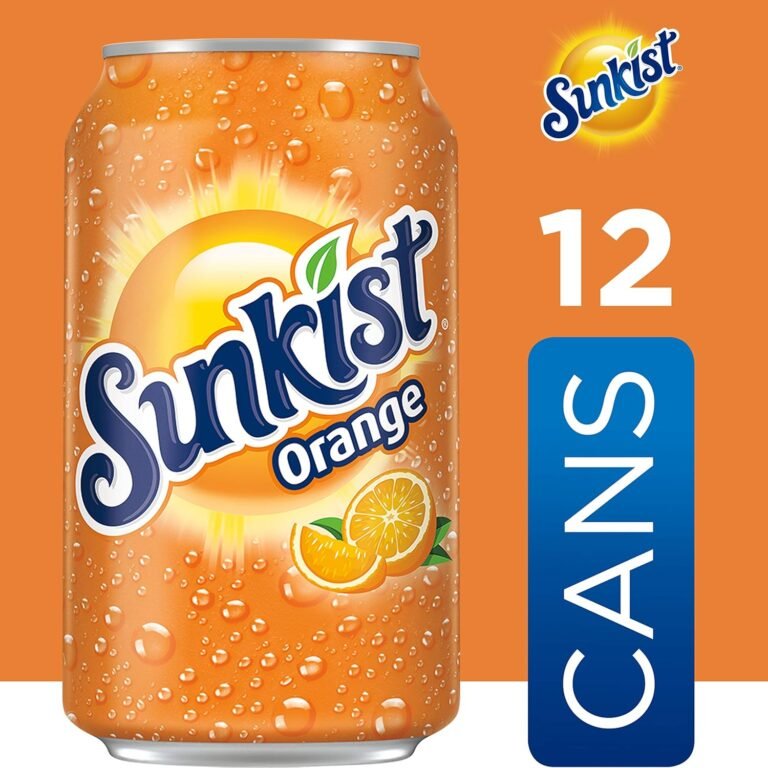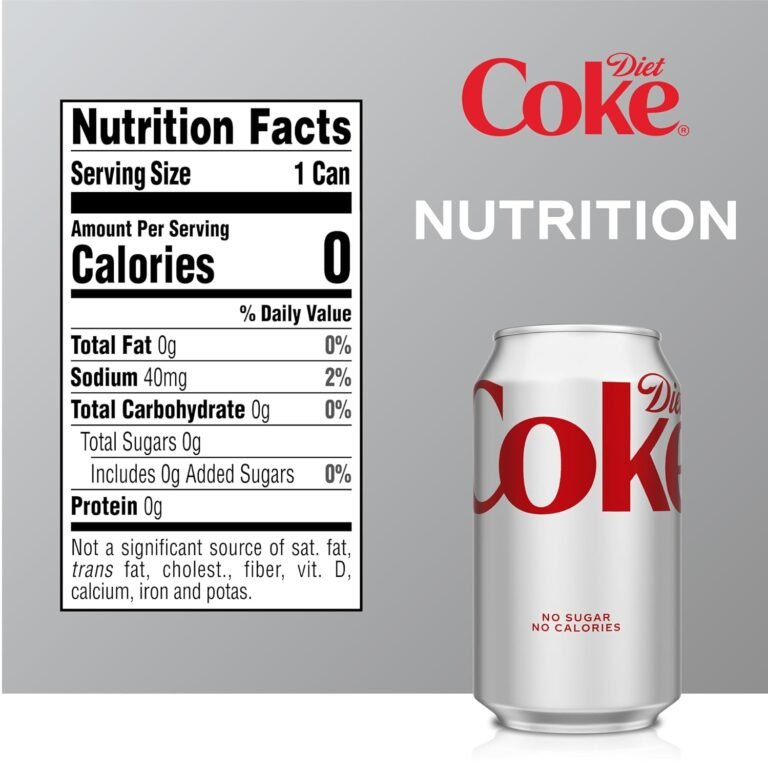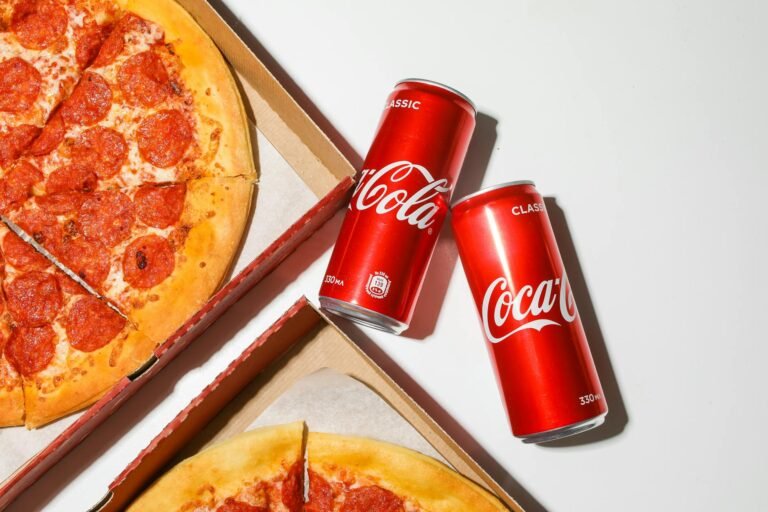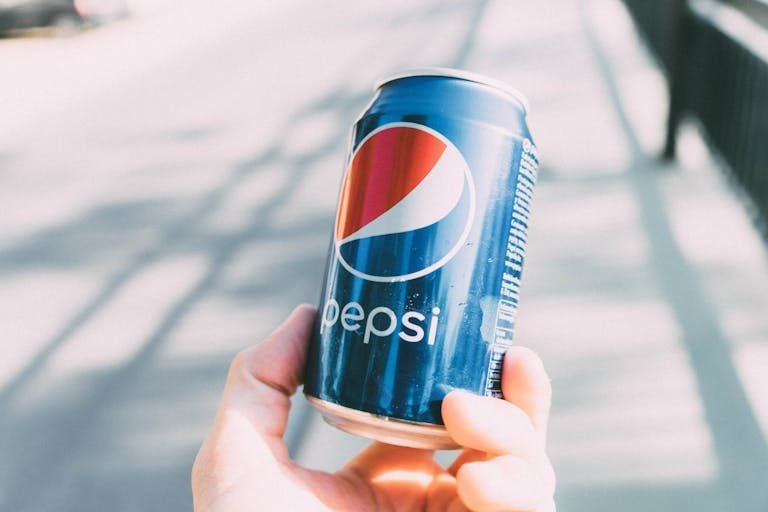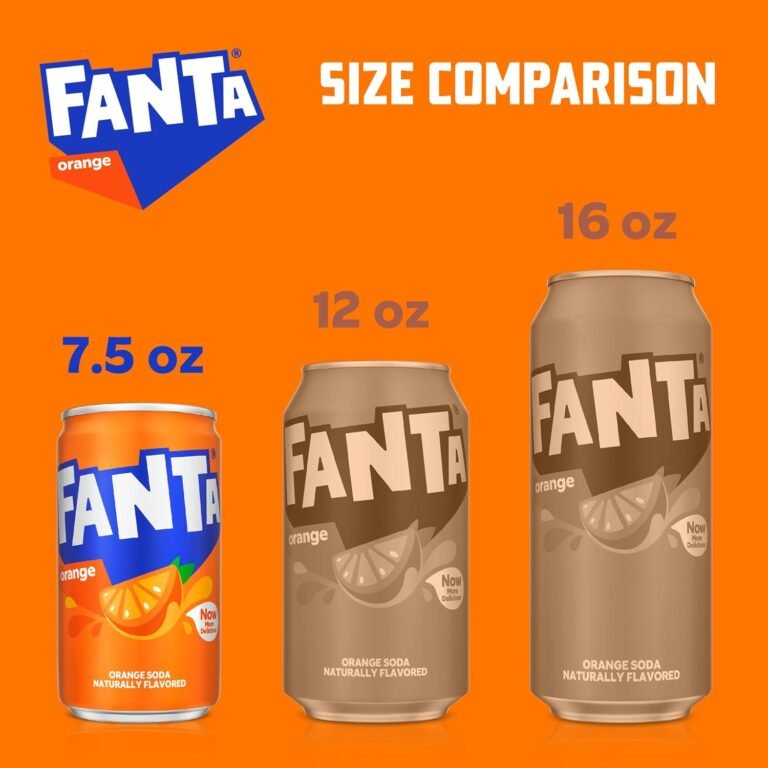Dr Pepper Ingredients: What’s in America’s Oldest Drink? (2025 Guide)
The secret blend of Dr Pepper ingredients has captivated soda enthusiasts since its creation in 1885, making it America’s oldest major soft drink brand. At the heart of this beloved beverage lies a closely guarded formula of 23 distinct flavors, setting it apart from traditional colas and fruit-flavored sodas. What started as a pharmacy creation by Charles Alderton in Waco, Texas, has evolved into a global phenomenon that predates both Coca-Cola and Pepsi.
The Evolution of Dr Pepper’s Secret Formula:
You know what fascinates me most about Dr Pepper? Its incredible origin story! Let me share the shortened but juicy details.
Back in 1885, Charles Alderton, a young pharmacist in Waco, Texas, got creative at the local drugstore. While everyone else was churning out basic fruit sodas, he decided to experiment with something different. The result? The oldest major soft drink in America – beating both Coca-Cola and Pepsi to the market!
The “23 flavors” claim? That’s actually a brilliant marketing move from the 1960s. I remember trying to guess all the flavors as a kid during family road trips. Of course, the exact recipe remains locked away somewhere in Plano, Texas – talk about a well-kept secret!
Here’s something interesting: the original recipe used pure cane sugar instead of high fructose corn syrup. The switch happened in the 1970s, which explains why some folks say the taste isn’t quite the same as it used to be. My grandpa never let me forget that fact!
Modern manufacturing has changed things too. Today’s Dr Pepper is produced on a massive scale while somehow maintaining that distinctive taste. It’s pretty impressive when you think about it – millions of bottles, all tasting exactly the same.
Pro tip for the curious: Want to taste something closer to the original formula? Look for Mexican Dr Pepper – it still uses real sugar instead of corn syrup. The difference is subtle but noticeable!
Main Dr Pepper Ingredients Breakdown
- CARBONATED WATER
- Let me start with the foundation – carbonation levels actually matter way more than you’d think
- During my SodaStream experiment disaster (never try to recreate Dr Pepper at home, folks!), I learned that Dr Pepper uses a specific carbonation level
- The bubbles are calibrated differently from other sodas, which is why generic colas never quite hit the same
- Pro tip: If your Dr Pepper goes flat, there’s no saving it – I’ve tried every trick in the book!
- SWEETENER COMPOSITION
- High fructose corn syrup is the primary sweetener in regular Dr Pepper
- Fun fact: I once calculated the corn needed for annual Dr Pepper production and got mind-boggled
- Diet versions use a blend of aspartame and acesulfame potassium (ace-K)
- The sweetener ratio is actually crucial for that signature taste
- My taste-test experiment showed that even slight changes in sweetener ratios make it taste completely different
- PHOSPHORIC ACID’S ROLE
- Despite what my mom always warned, it’s not just there to “rot your teeth”
- Creates that distinctive tangy kick we all love
- Acts as a preservative to maintain freshness
- Personal discovery: Found a warm, old Dr Pepper in my car once – the phosphoric acid was still keeping it somewhat drinkable (though I wouldn’t recommend it!)
- CAFFEINE CONTENT
- Contains 41mg per 12oz can Learned about this caffeine content the hard way during an all-night study session
- Higher caffeine content than many other regular sodas
- My caffeine sensitivity test: Three cans = way too jittery to function
- PRESERVATIVES AND STABILIZERS
- Sodium benzoate is the main preservative
- Conducted a freshness experiment comparing natural cola vs Dr Pepper
- The stabilizers keep the flavor consistent across millions of bottles
- Without these, your Dr Pepper wouldn’t make it from factory to fridge
- Trust me, I tried making preservative-free soda once – it didn’t end well
- FLAVOR ENHANCERS
- Natural and artificial flavors work together
- Some enhance the main flavors, others mask less pleasant ones
- The specific combination is what makes Dr Pepper unique
- My mixing experiments proved you can’t just throw similar flavors together
- PRO TIPS I’VE DISCOVERED
- Mix regular and diet 50/50 for fewer calories but better taste
- Store at constant temperature to maintain carbonation
- Drink within 3 months for optimal flavor (yes, I tested this!)
- Always check the expiration date (learned this one the hard way) The first sip has the strongest flavor profile – take advantage of it!
Understanding The “23 Flavors” Mystery
Okay, let me tell you about my slightly obsessive journey trying to crack the code of Dr Pepper’s famous 23 flavors! I literally turned my kitchen into a makeshift flavor lab one weekend – my roommate thought I’d lost it when they saw dozens of spice jars spread across our counter.
So here’s what we definitely know is in there (and trust me, I’ve cross-referenced this more times than I’d like to admit): amaretto, almond, blackberry, black licorice, and carrot. Yeah, carrot! I couldn’t believe it either. When I first tried to identify the carrot note, I went through three cans before I could actually pick it out. It’s super subtle but definitely there.
Here’s where it gets really interesting though. Through my totally unscientific but enthusiastic taste testing, I’m pretty sure I’ve detected vanilla, cherry, caramel, and something that reminds me of prune juice – though that last one always gets me some weird looks when I mention it! The funny thing is, every time I think I’ve nailed down a flavor, I take another sip and find something new.
Let me share a pro tip that a beverage industry friend taught me: if you want to really taste all the flavors, let the Dr Pepper go slightly flat and warm up to room temperature. I know, it sounds sacrilegious, but trust me on this! The carbonation and cold can actually mask some of the more subtle flavors. When I tried this method, I finally picked up on the juniper berry notes that everyone talks about.
Compared to other colas, Dr Pepper’s flavor profile is way more complex. While most colas focus on vanilla, cinnamon, and citrus oils, Dr Pepper goes wild with its combination. I once did a side-by-side tasting of all the major cola brands (my dentist would’ve had a fit!), and the difference was pretty mind-blowing.
The genius of the 23 flavors isn’t just in the number – it’s in how they work together. Some flavors are there to enhance others, while some provide that signature bite we all know and love. I’ve learned that certain flavors become more prominent depending on the temperature of the drink. Hot Dr Pepper (yes, that was actually promoted as a thing in the 1960s) brings out completely different notes than cold Dr Pepper.
A hilarious failed experiment of mine: I once tried to recreate Dr Pepper using 23 different flavor extracts I bought online. Let’s just say my concoction tasted more like cough syrup than the beloved soda. Really makes you appreciate the precision of the real formula!
NUTRITIONAL INFORMATION AND DIETARY CONSIDERATIONS:
BASIC NUTRITIONAL FACTS
- Regular Dr Pepper (12 oz can) contains 150 calories
- Contains 40 grams of sugar per can (equivalent to 10 teaspoons)
- Includes 41mg of caffeine per serving
- Zero protein, fat, or fiber content
- Contains minimal amounts of sodium (55mg per can)
HEALTH CONSIDERATIONS
- Regular consumption can contribute to daily sugar intake exceeding WHO recommendations
- May impact dental health due to phosphoric acid and sugar content
- Caffeine content may affect sleep patterns if consumed late in day
- No nutritional benefits in terms of vitamins or minerals
- Can contribute to daily caloric intake if not monitored
DIETARY RESTRICTIONS
- Not suitable for individuals with phenylketonuria (PKU) due to aspartame in diet versions
- Contains caramel color, which may cause sensitivities in some individuals
- Not recommended for those monitoring sugar intake or diabetes without physician approval
- Caffeine content may not be suitable for pregnant women or those sensitive to stimulants
- Verify ingredients for specific allergies or sensitivities
COMPARISON WITH OTHER BEVERAGES
- Similar caloric content to other regular sodas
- Moderate caffeine level compared to other soft drinks
- Higher sugar content than many sports drinks
- Zero-calorie versions comparable to other diet sodas
- Contains more carbonation than many similar beverages
CONSUMPTION GUIDELINES
- Consider as an occasional beverage rather than daily drink
- Monitor portion sizes, especially with larger containers
- Be aware of daily sugar intake from all sources
- Consider sugar-free versions if watching caloric intake
- Stay hydrated with water as primary beverage
RECOMMENDATIONS FOR INFORMED CHOICES
- Read nutrition labels for serving sizes
- Consider timing of consumption due to caffeine content
- Be aware of daily sugar and calorie limits
- Understand impact on dental health
- Monitor personal responses to artificial sweeteners
VARIATIONS AND ALTERNATIVE FORMULATIONS
Let’s start with Diet Dr Pepper, which honestly has the most interesting origin story of all the variations. When it first came out in 1962, it was called “Dietetic Dr Pepper” (yikes, not the most appetizing name!). I actually found an old can at a collectibles show once – wish I’d bought it! Today’s Diet Dr Pepper uses aspartame and ace-K for sweetening, and here’s a weird thing I noticed: it actually tastes more like regular Dr Pepper than most diet sodas taste like their regular versions.
Speaking of flavor matches, Dr Pepper Zero Sugar is the new kid on the block that’s been causing quite a stir. I did a blind taste test with my friends (we’re nerdy like that), and most of them preferred it over Diet Dr Pepper. The big difference? They tweaked the sweetener blend to match the original’s taste profile even more closely. Though I’ve got to say, the aftertaste is slightly different if you’re really paying attention – trust me, after drinking them back-to-back for “research,” I noticed!
Now, let’s talk about regional variations because this is where things get really wild! Did you know that in some European countries, Dr Pepper uses different sweeteners due to local regulations? I discovered this during a trip abroad when my Dr Pepper tasted noticeably different. The European version uses sugar instead of high fructose corn syrup, and some people swear it tastes better.
Don’t even get me started on the limited editions – I’ve tried to collect them all like they’re Pokémon! There was Cherry Vanilla, Dark Berry (my personal favorite), Cream Soda (which was surprisingly good!), and even a Berries & Cream version that became a viral sensation. Some worked better than others – the Cherry Dessert Flavor was a bit too much even for my sweet tooth.
Here’s a fun tip I learned: if you can find Mexican Dr Pepper, grab it! It’s made with pure cane sugar instead of corn syrup, and the taste difference is subtle but noticeable. I actually keep a few bottles of it for special occasions – yes, I’m that much of a Dr Pepper nerd!
Conclusion
Understanding Dr Pepper’s ingredients helps us appreciate the complexity behind this beloved beverage’s unique taste. While the exact combination of its 23 flavors remains a closely guarded secret, knowing the main components can help consumers make informed decisions about their beverage choices. Whether you’re a longtime fan or just curious about what’s in your drink, Dr Pepper’s enduring popularity speaks to its successful blend of ingredients that continues to captivate taste buds worldwide.
Looking to learn more about your favorite beverages? Check out our detailed ingredients guides on other popular soft drinks, or share your thoughts about Dr Pepper’s unique flavor profile in the comments below! Mountain Dew Ingredients: What’s Really Inside Your Favorite Citrus Soda? (2024 Guide), Sprite Ingredients: What’s in Your Favorite Drink? (2025).

